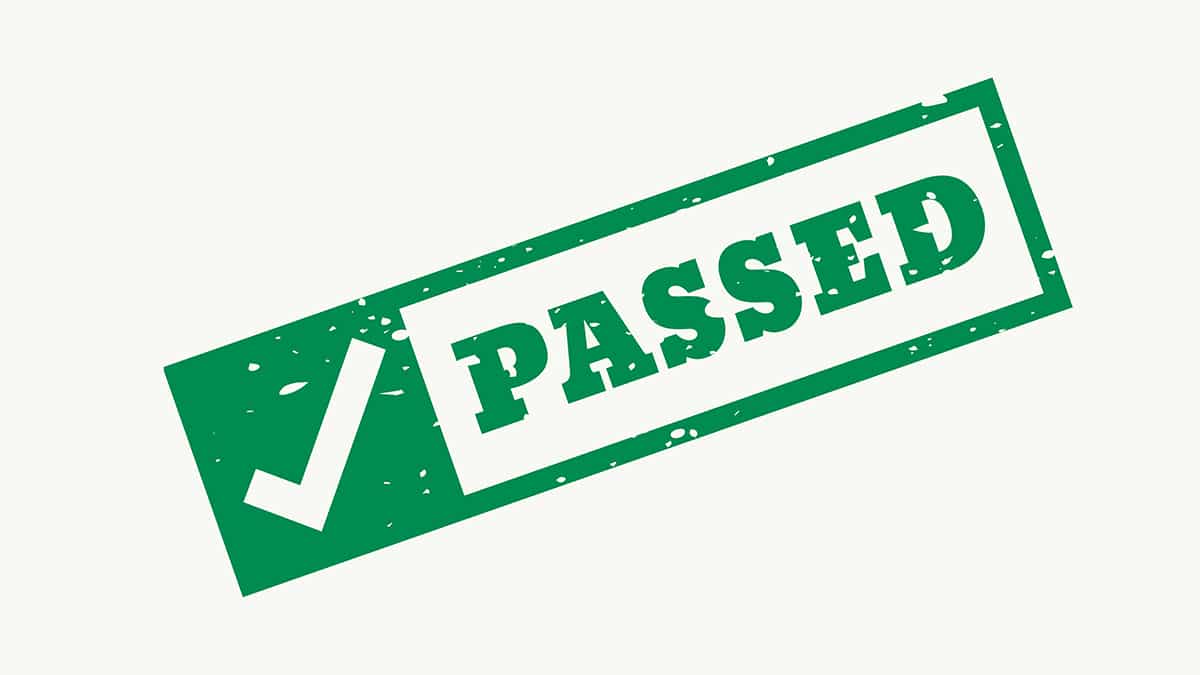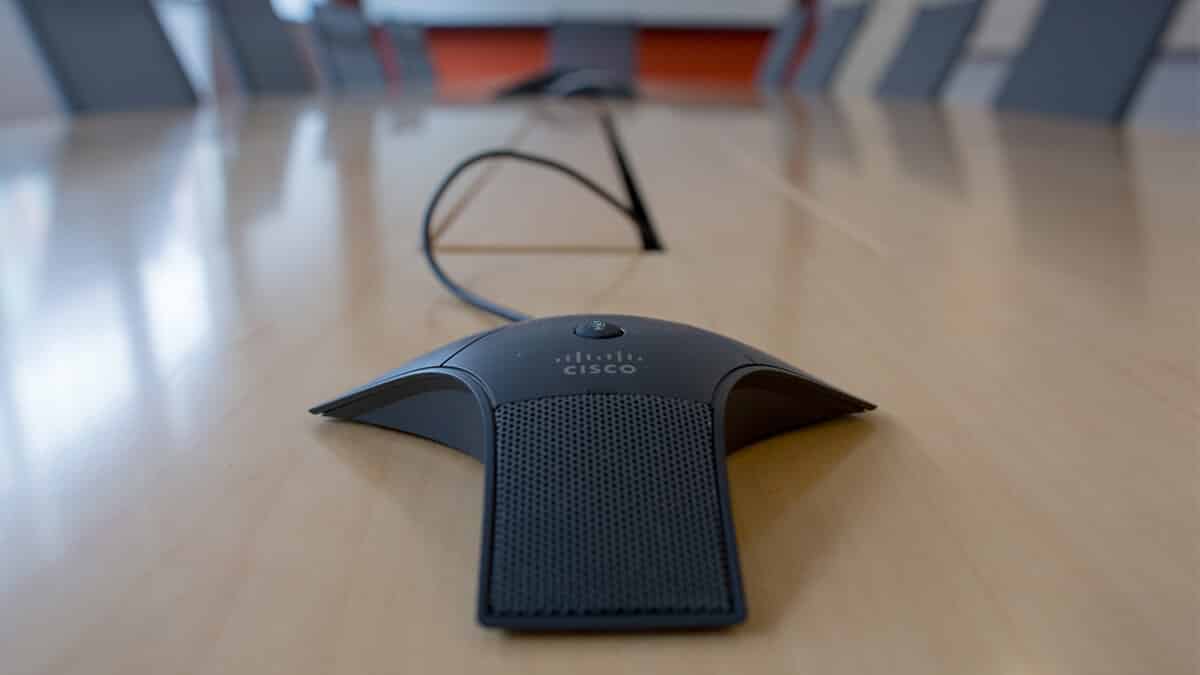In this guide
As birthdays roll by beyond age 60, the focus on making sure you’ve accumulated enough super intensifies. Many people begin to notice the attraction of tax-deductible super contributions and the advantages of holding investments in super, particularly in income streams, and rush to build their balance.
If that’s you and you have some cash to spare, you may be interested in topping up. So, what are the rules on making contributions when you’ve reached 60, and what if you’re no longer working?
Why add to your super after retiring?
Contributing to super beyond 60 comes with all the tax benefits of super and very little of the downside of losing access to your money that can hold back younger people from adding voluntary savings.
Some people can also improve their (or their spouse’s) Centrelink benefits by moving savings into the system.
Unrestricted access to super is available at 60 if you have permanently retired or if you have left an employer after your 60th birthday. If you don’t meet those conditions, you can still access up to 10% of your balance per year with a transition-to-retirement pension.
When you turn 65 your whole super balance is available to withdraw as a lump sum, income stream or combination of the two, no matter your work status.
Tax and social security benefits
Investment earnings and contributions to super are taxed at concessional rates that are frequently much lower than the marginal rates you pay outside the system. What’s more, investment returns on retirement income streams are tax free. This offers you the opportunity to reduce tax and increase your retirement savings at the same time.
If you need a refresher on the rules, take a look at our guide on how super is taxed.
Withdrawals from super are tax free from 60 unless you’ve got savings in an untaxed fund or are receiving a significant defined benefit pension.
Super money invested in a lifetime income stream reduces the amount counted in Centrelink’s means tests, and super in the accumulation phase is not assessed at all while the account holder is below age 67. As a result, holding money in one of these options can increase any means-tested Centrelink payments you (or your spouse) receive including Age Pension and Disability Support Pension.
All this can make moving money into super a very attractive proposition.
Contribution options for those under 75
While you’re not yet 75, all types of contributions to your account are permitted. This includes:
- Employer super guarantee (compulsory employer contributions)
- Additional contributions your employer chooses to make
- Salary sacrifice
- Personal non-concessional contributions
- Spouse contributions (from your spouse into your account)
- Downsizer contributions from the sale of your home
- Personal tax-deductible contributions
To make personal tax-deductible contributions after reaching 67, you need to meet the work test or be eligible for the work-test exemption, described next. No other contribution types require you to meet the work test, so being retired is not a barrier.
You have access to the same annual contribution caps as people of any other age, as well as the opportunity to use the bring-forward rule for non-concessional contributions and carry-forward arrangement for concessional contributions to contribute more than the standard caps.
For 2024–25, the annual concessional cap is $30,000 while the non-concessional cap is $120,000. If your total super balance is equal to or more than the general transfer balance cap ($1.9 million for 2024–25) on 30 June, your non-concessional cap for the following financial year is zero.
Downsizer contributions don’t count towards contribution caps, so you can add these even if your total super balance has breached the $1.9 million limit.
The work test
The work test requires you to be gainfully employed (in paid work) for a minimum of 40 hours in a period of 30 consecutive days at least once during the financial year you wish to make the contribution. Prior to July 2022 the work test applied to a wide range of super contributions, but now needs to be met only for personal tax-deductible contributions.
If you can’t meet the work test this financial year but your total super balance on 30 June was less than $300,000 and you satisfied the work test requirements last financial year, you can make personal tax-deductible contributions in the current financial year by using the work test exemption. The exemption only applies in the first year after you last met the work test.
Contribution options when you’re over 75
Turning 75 is the end of the line for most super contributions. The only types permitted beyond this milestone are your employer’s compulsory super guarantee contributions (if you are still working), and downsizer contributions from the sale of your home.
Compulsory employer contributions can continue for as long as you’re still working and there is no upper age limit or cap on your super balance for downsizer amounts.
If your 75th birthday is beckoning or has just passed, there is one last opportunity to make or receive other contributions, because super funds can legally accept other amounts for 28 days after the end of the month you turned 75. If you’re going to use this time to contribute it is important to check with your super fund first as they may have more restrictive rules.
Contributing to super when you have opened an income stream
If you have moved your entire super balance to an income stream/pension and wish to make further contributions, you will need to open a separate super accumulation account. Contributions cannot be added to your pension.
If you don’t already have an accumulation account to contribute to, opening one is easy:
- Visit the website of the fund you want and find the ‘join’ button
- Read the Product Disclosure Statement (PDS) and then fill in an online application, or
- Print and complete a paper application form or call the fund to have them post you a PDS and application.
You can open a new accumulation account at any time, including if you’re over 75.
Once you have made your contributions you may want to use your balance to start a second pension or combine your existing pension balance with the new savings to get everything into one pension account. Your super fund or SMSF administration provider (if you’re running your own self-managed fund) can help you with this.
Returning to work
Many retirees want to know if it’s possible to return to work after accessing super, and the answer is yes, you can.
Even if you declared you were permanently retired to access your balance, you can return to work at any time. Perhaps your savings are diminishing faster than you expected, maybe you miss the stimulation of work, or perhaps you simply want to meet the work test so you can add more personal deductible contributions to super. Whatever the reason, you are always free to start work again and to make any super contributions that your age and work status permit.
Case studies
The bottom line
Reaching what some think of as retirement age is not the end of the line for adding to your super. It’s important to consider the contributions you are eligible to make beyond age 60 and even after retirement, and how they could benefit you.
With so many variables, finding the best strategy for yourself can be complex so don’t hesitate to seek personalised financial advice if you need it.
You can seek advice from your super fund or another suitable planner.



















